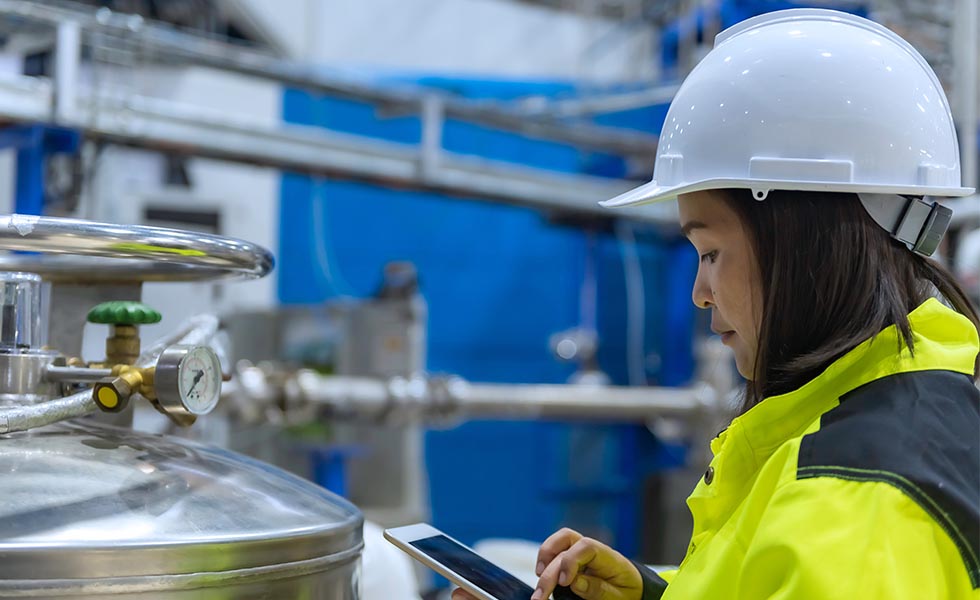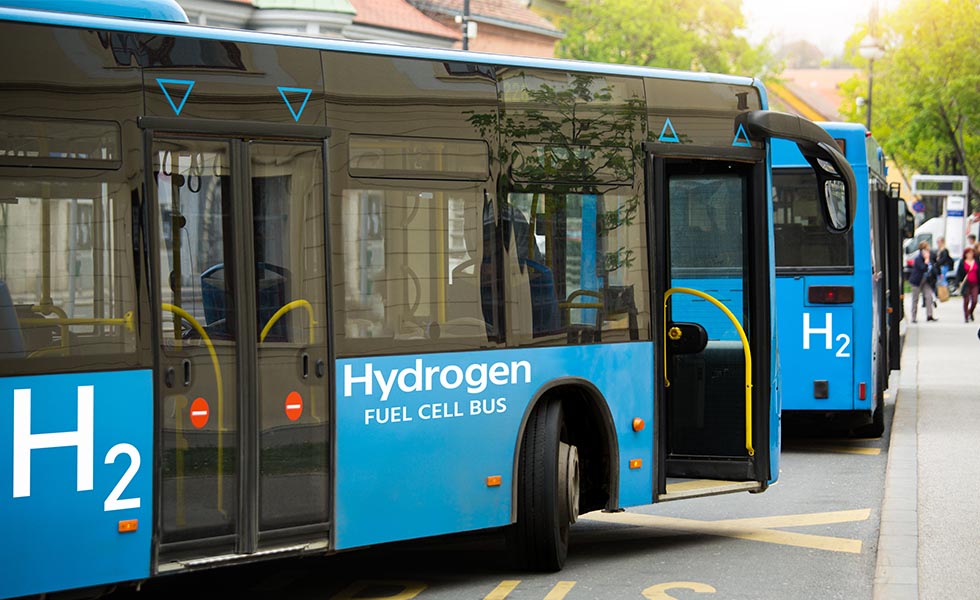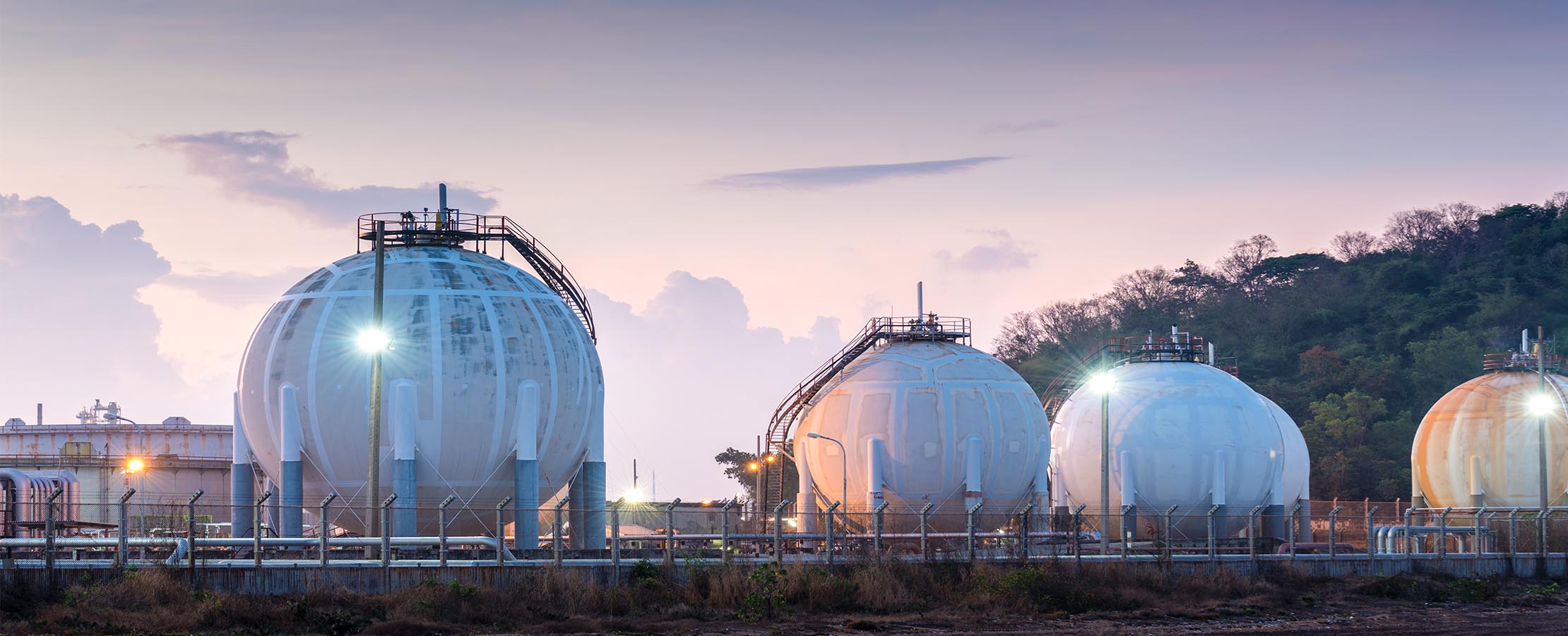Hydrogen: Exploring New Ways to Produce the Fuel of the Future
Hydrogen is a versatile fuel with many potential applications: from domestic heating to zero-emissions aviation. However, not all hydrogen is made equal – hydrogen production technologies vary in cost, sustainability, efficiency, and maturity.
Perhaps the most widely cited advantage of hydrogen is the fact that, when consumed in a fuel cell, it can produce electricity with only water as a by-product. A versatile, energy-dense, clean-burning fuel, it is no wonder there is so much enthusiasm about the role hydrogen could play in the future of energy, transport, heating, and hard-to-abate sectors such as steelmaking.
Hydrogen may be the simplest and most abundant element, but on Earth it is almost always found as part of a compound. Pure hydrogen can be extracted from these compounds using a range of technologies. The energy efficiency and environmental impact of hydrogen depends entirely on how it is produced.
Hydrogen from natural gas
Most hydrogen today is produced from natural gas – at least 95 percent of hydrogen produced in the US. The most well-established, widespread, efficient, and cost-effective means of extracting hydrogen from gas is steam methane reforming, which also has the advantage of utilizing existing gas infrastructure. This involves heating the gas to high temperatures in the presence of steam and a catalyst, causing methane molecules to break apart and form carbon monoxide and hydrogen.

This method of production does result in considerable greenhouse gas emissions - approximately nine to 12 tons of CO2 per ton of hydrogen. However, this environmental impact could be offset when coupled with carbon capture, utilization, and storage (CCUS). Steam methane reforming could also be decarbonized using heat from nuclear reactors instead of fossil fuels.
There is also interest in coupling gas reforming with plastic waste management to produce hydrogen. For instance, Peel Environmental aims to build the UK's first plastics-to-hydrogen facility; this will heat shredded plastic and vaporize it into a gaseous mixture from which hydrogen can be extracted. A recent Nature Catalysis study demonstrated a streamlined process for extracting over 97 percent of hydrogen mass from waste plastic, although plastic-to-hydrogen approaches remain largely at the proof-of-concept stage.
Hydrogen from biomass
Gasification is a slightly less mature technology, which allows hydrogen to be produced using almost any carbon source, or biomass. This involves using a high-temperature 'gasifier' to convert the source into a gas, which is subsequently reacted with steam to separate hydrogen. This method is proving particularly interesting to governments because of its potential in reducing the carbon intensity of hydrogen production; the US Department of Energy expects that biomass gasification could be deployed in the near term.
Liquids derived from biomass, such as ethanol and bio-oil, could be used in a conceptually similar approach (renewable liquid reforming). These have the advantage of being easier to transport than their solid biomass feedstocks.
Hydrogen from water
Electrolysis – splitting water molecules into hydrogen and oxygen – is considered the gold standard for hydrogen production. When this technology is powered by renewables, there are no CO2 emissions (green hydrogen).
At present, electrolysis is a developing technology which remains expensive and inefficient, and few national grids have enough electricity from renewables to power substantial electrolysis. However, the cost is falling fast and as energy ecosystems shift towards a more flexible model based around renewables, the Internet of Things, and energy storage, there is great potential to harness excess renewable electricity to drive electrolysis.

Other long-term tech pathways for extracting hydrogen from water exist, but they will require more work to optimize and commercialize. Thermochemical water splitting uses high temperatures (such as waste heat from nuclear reactors or concentrated solar power) to drive chemical reactions. Photoelectrochemical water splitting is a promising approach that uses sunlight and semiconductors – with some similarities to those found in photovoltaics – to extract hydrogen from water molecules. It is considered a promising approach to hydrogen production, although considerable work to improve efficiency and lower costs remain.
Photobiological water splitting makes use of microbes such as green algae that consume water and produce hydrogen, under certain conditions. Although this approach remains experimental, it is attracting considerable interest due to its potential for sustainable hydrogen production. For instance, the microbes could be grown in water that cannot be used for drinking or agriculture, including wastewater.
Where will our hydrogen come from?
In the near term, hydrogen based on natural gas – ideally in tandem with CCUS to reduce carbon impact – will dominate the hydrogen market. However, as energy ecosystems transform to accommodate renewables, helping to drive down the cost of electrolysis – facilitated by policy interventions to stimulate and regulate the growing market – this is expected to displace its carbon-intensive cousin.






